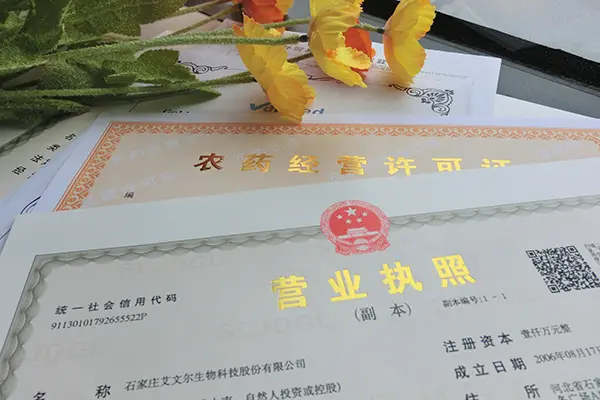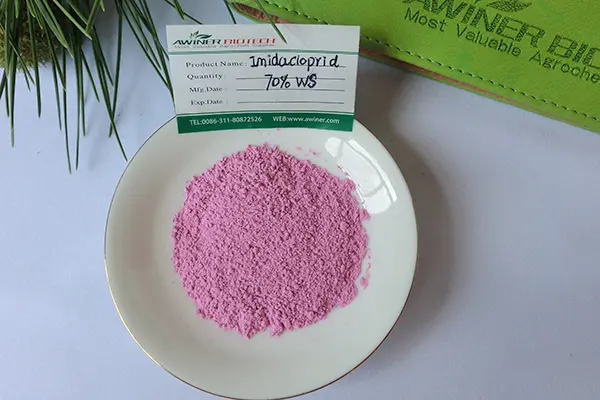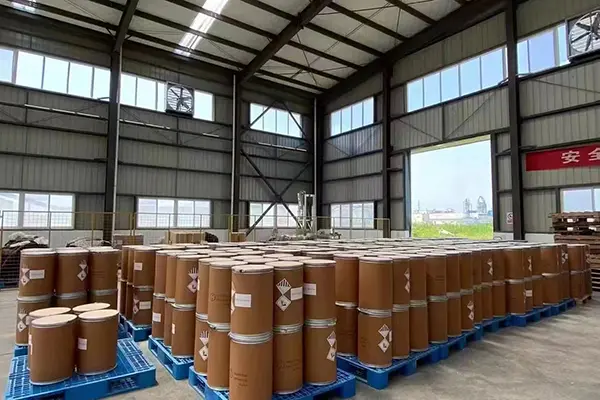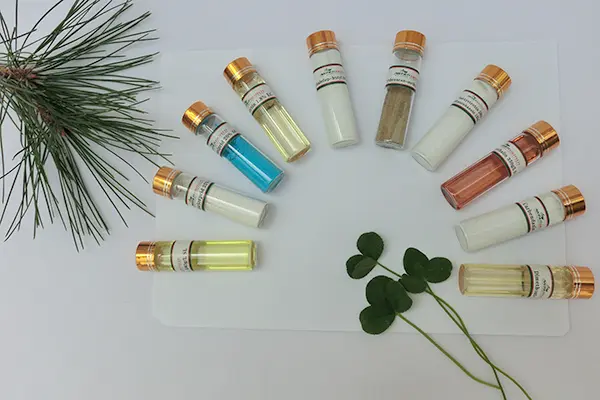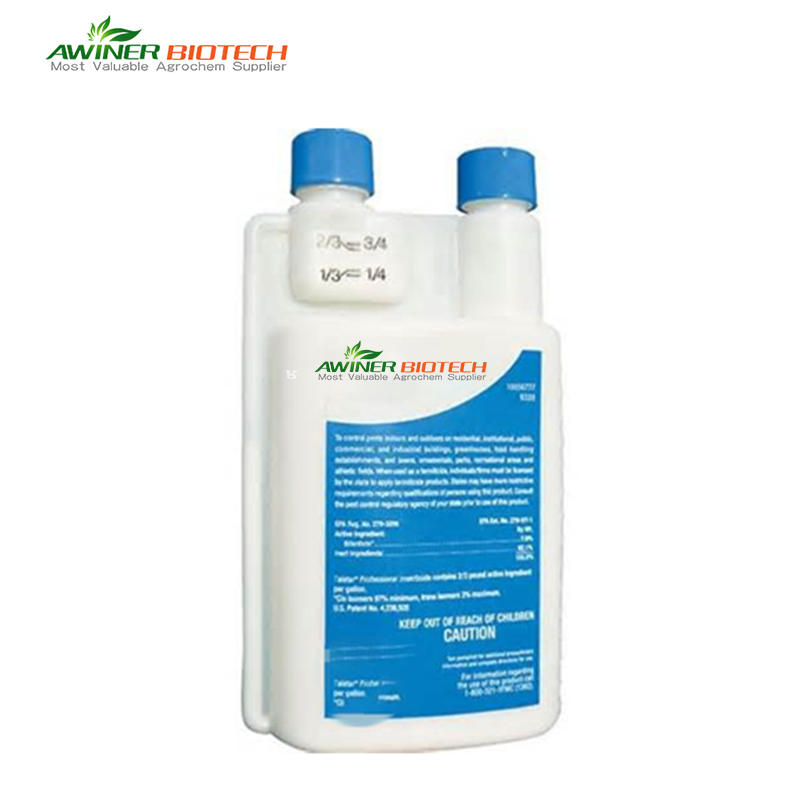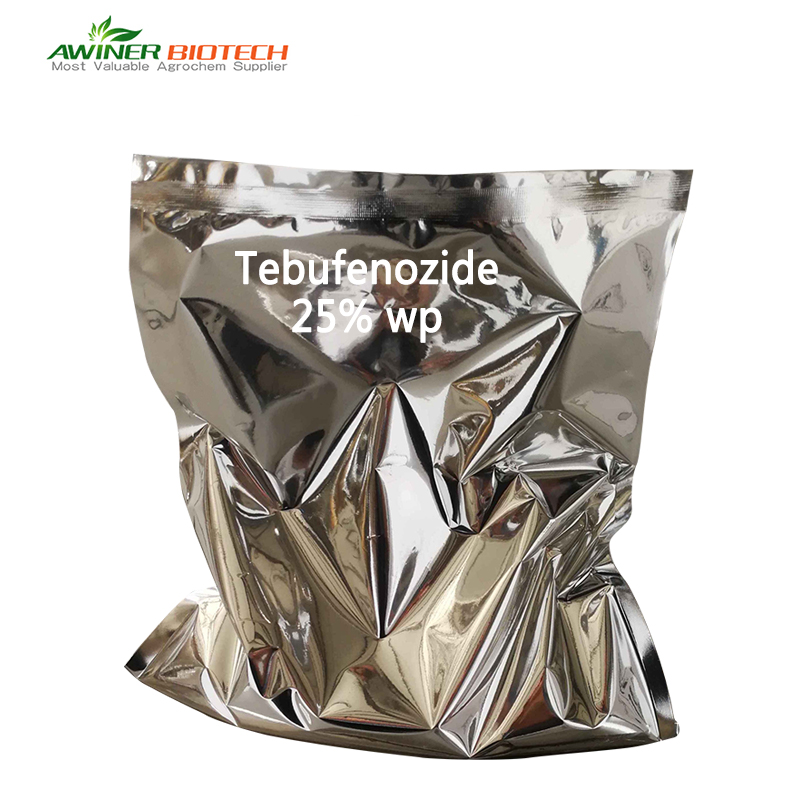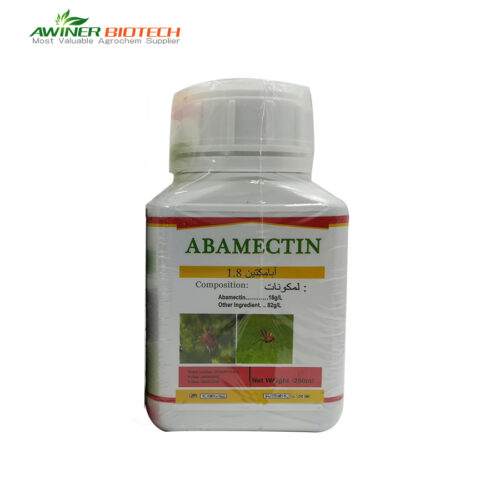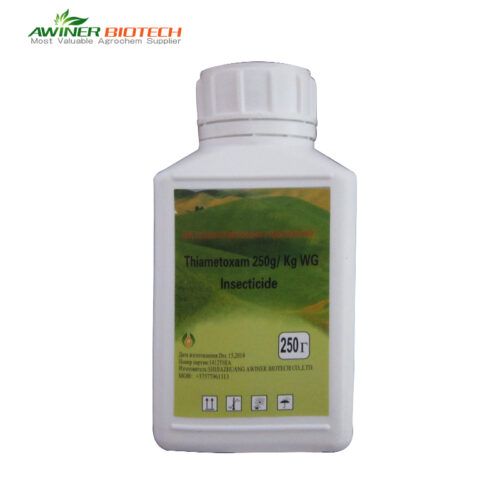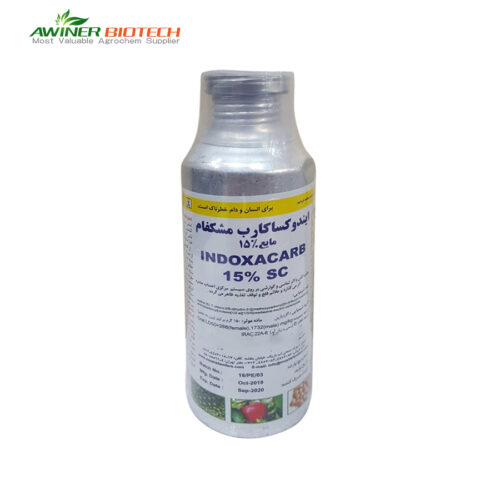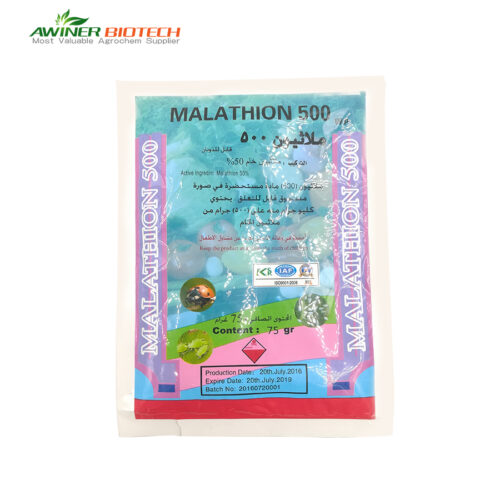Tebufenozide |
|
| Dosage form | 24%SC,25%WP,50%WP |
| Packing | Liquid:50ml、100ml、250ml、500ml、1L、5L、10L、20L Solid:10g、50g、100g、250g、500g、1kg、5kg、10kg、25kg |
| Formulation+Label | Customized |
| Sample | Yes |
| Crop-Pest | 1. Cruciferous Vegetables – Beet Armyworm 2. Cabbage – Beet Armyworm |
| Certification | SGS、 ISO 、BV |
| Delivery time | 20-30 days |
| Mixture products |
Emamectin Benzoate vs Tebufenozide
Beta-cypermethrin vs Tebufenozide Bacillus Thuringiensis vs Tebufenozide |
| Payment terms |  |
Tebufenozide can be used on various crops including vegetables, apples, corn, rice, and more, providing a residual effect of 14-20 days.
Introduction to tebufenozide
Tebufenozide is an efficient and low-toxicity insect growth regulator insecticide. It exhibits stomach toxicity and functions as an insect molting accelerator, inducing premature molting reactions in Lepidoptera larvae before they naturally enter the molting stage.
Mode of Action
After application, insects cease feeding within 6-8 hours, become dehydrated, and die from starvation within 2-3 days. Tebufenozide is particularly effective against Lepidoptera insects and larvae, and it also shows some activity against selective Diptera and Daphnia species.
 |
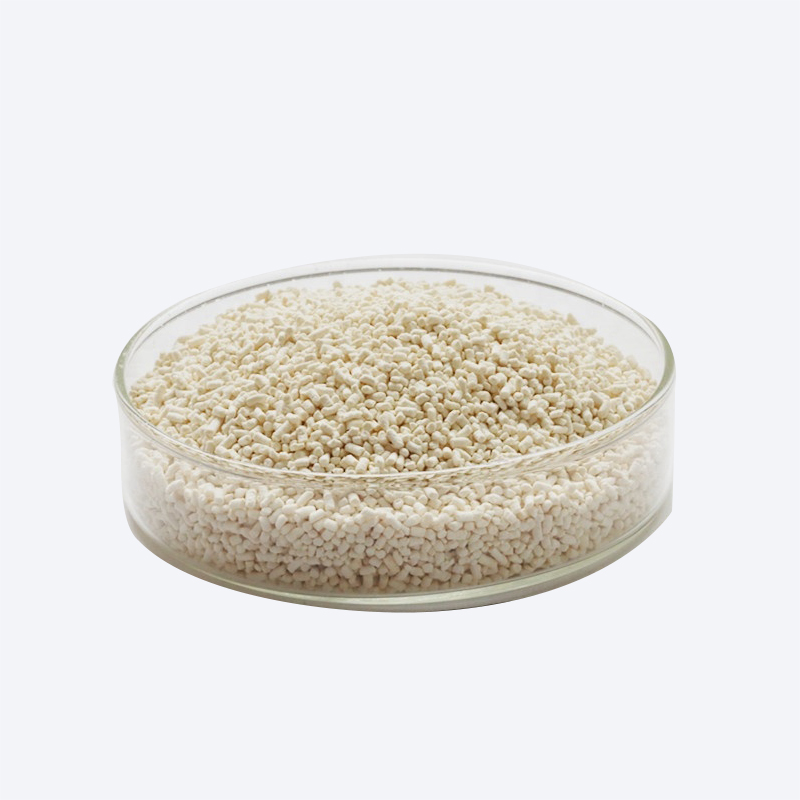 |
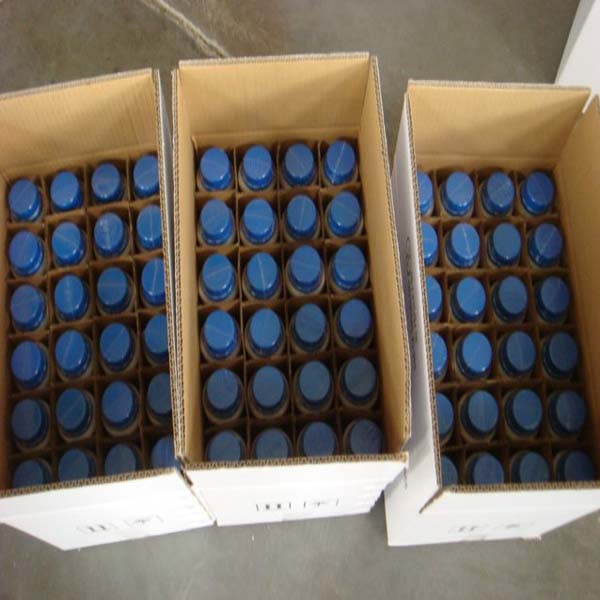 |
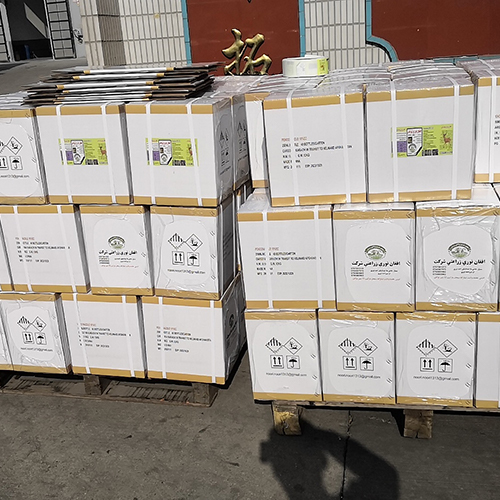 |
Application and Target Crops
It can be used on crops such as vegetables (cabbage, cucurbits, solanaceous crops, etc.), apples, corn, rice, cotton, grapes, kiwifruit, sorghum, soybeans, sugar beets, tea, walnuts, and flowers. This makes it an ideal and safe agent for controlling pests.
Efficacy and Residual Effect
Tebufenozide effectively combats pests like the codling moth, grapevine moth, and beet armyworm, with a residual effect lasting 14-20 days.
<About Awiner Biotech>
